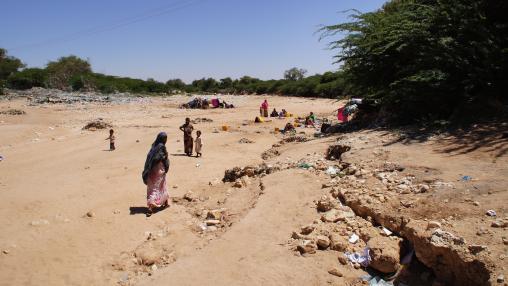
Famine Risk in Somalia Grows
Urgent international aid is needed in Somalia to avert famine and widespread starvation, according to a new alert issued last week by FEWS Net. While humanitarian aid increased throughout this fall and has so far prevented IPC Phase 5 (Famine)-level food insecurity from being reached, experts warn that the southern and central areas of the country will likely reach such acute levels in April-June 2023.
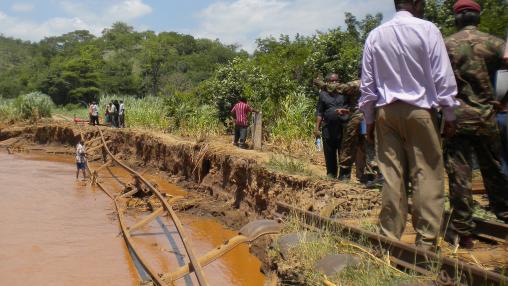
Current Weather Hazards in West and East Africa
Africa south of the Sahara has faced several weather hazards during the first half of June, according to FEWS.Net.
In West Africa, between June 19 and 25, heavy rainfall followed several weeks of above-average precipitation. This led to flooding in several areas, including parts of Ghana, southern and western Nigeria, eastern Senegal, western Mali, Burkina Faso, and eastern Chad. In the coming 10 days, these and other areas of West Africa are expected to receive continued moderate to heavy rainfall, maintaining increased risks for flooding.
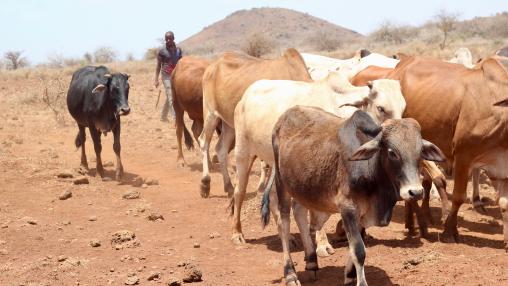
Early lean season in Southern Africa
Southern Africa could face an early start to the 2019-2020 lean season and abnormally high food assistance needs, according to a new alert from FEWS Net . Due to a significant delay in the start of the rainy season and predicted below-average precipitation through March, the region is likely to experience cumulative seasonal rainfall significantly below average. This deficit may negatively impact maize production, livestock conditions, and agricultural labor opportunities in the region.
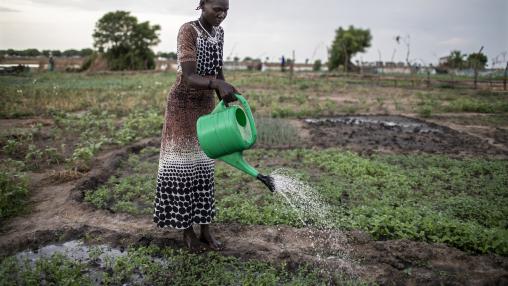
Investing in rainfall research in the Sahel
This post originally appeared on the IFPRI-WCAO blog.
The prolonged heatwave of summer 2018 has devastated crops across Europe, leaving some countries facing their worst harvests since the end of World War II.
The hot temperatures and lack of rainfall, especially in central and Eastern Europe, has forced major exporting countries to import food for the first time in decades. Some countries are facing rising food prices as a result, while others, such as the UK, experience fruit and vegetable shortages in supermarkets.
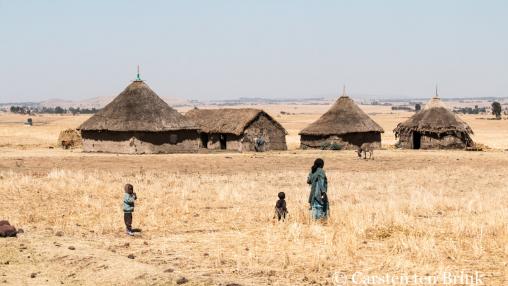
FEWS Net Updates: East Africa
Parts of the Eastern Horn of Africa experienced above-average precipitation between March and May, followed by more heavy rainfall in the northern areas of the region during the start of the June-September wet season. This increased rainfall has led to severe flooding in several areas of the region, and FEWS Net forecasts flooding and heavy rains to continue into Decembe r. Sudan remains the hardest hit, with parts of northern Ethiopia and western South Sudan also impacted.
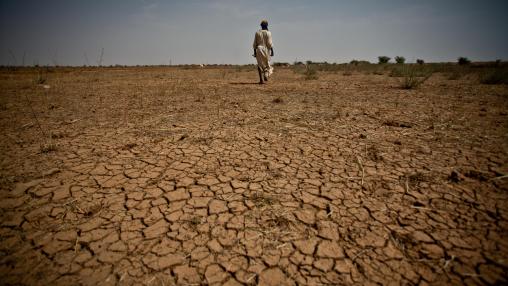
Rainfall Deficits in the Sahel
During the 2017 rainy season (June – September), parts of the Sahel in West Africa received erratic and below-average rainfall, according to a special report from FEWS Net. Some areas of the region received rainfall more than 25 percent below average. This has led to pasture and water deficits that are expected to last at least until July 2018.
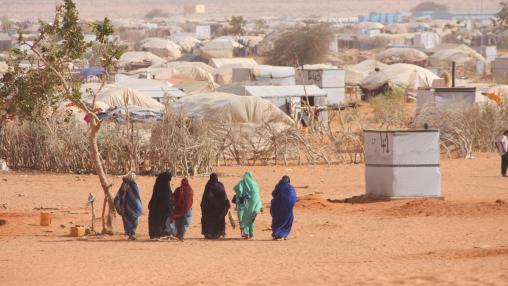
Conflict, Low Rainfall Impacting Food Security: FEWS Outlook Reports
According to the latest FEWS.net Food Security Outlook Reports, West Africa could face sharp increases in food insecurity in the coming months, specifically in areas surrounding Lake Chad. Boko Haram-related conflicts continue to disrupt markets in the region, impacting many households’ income-generating potential.